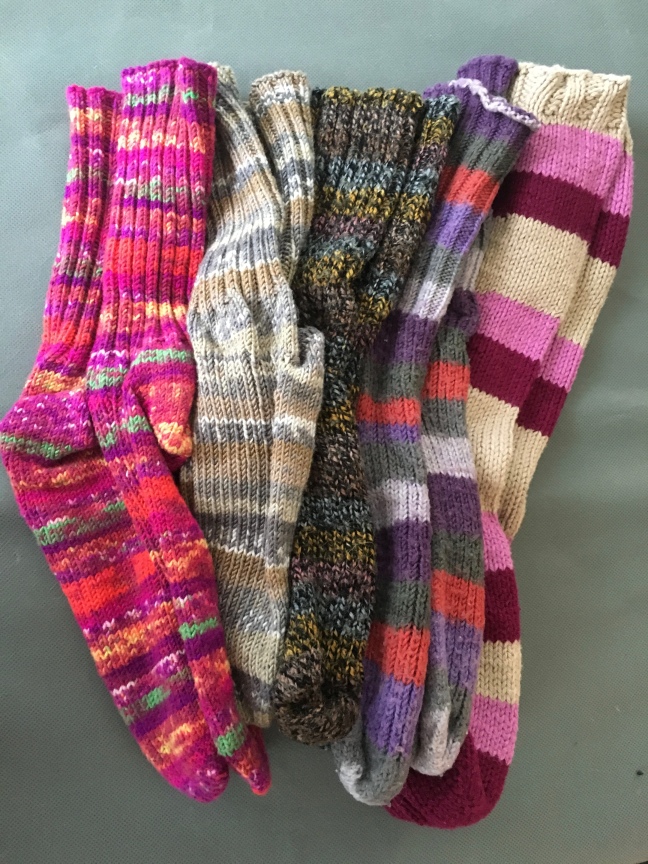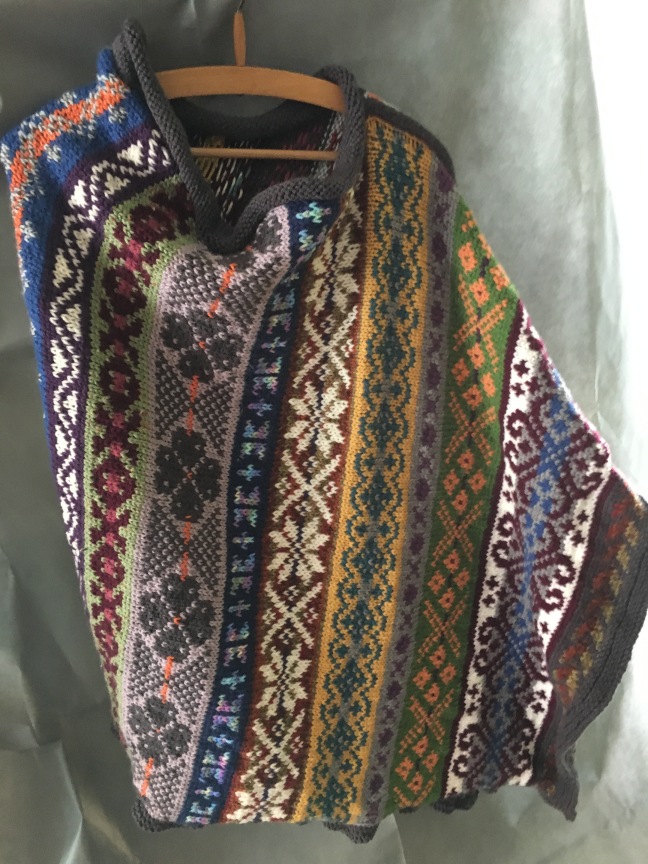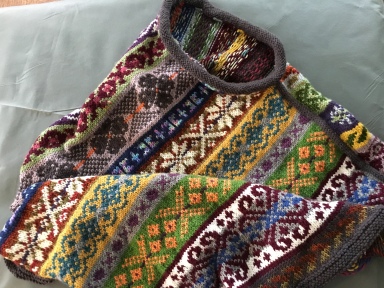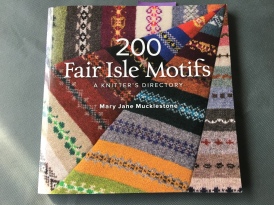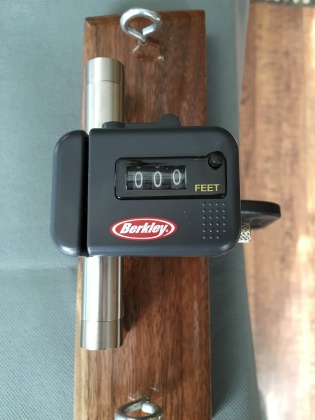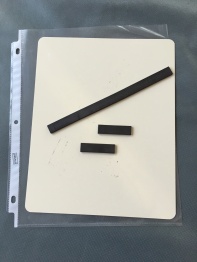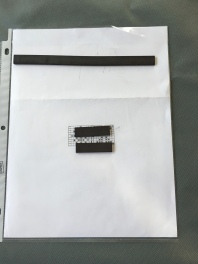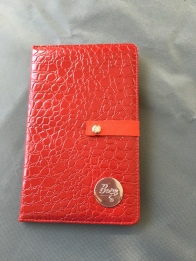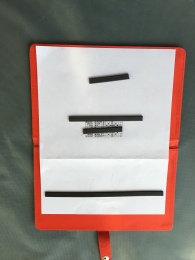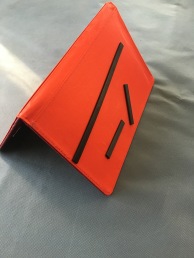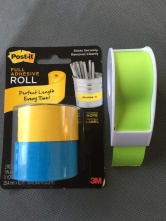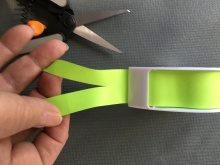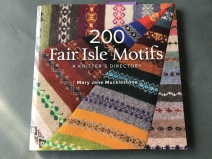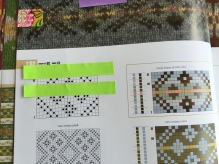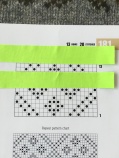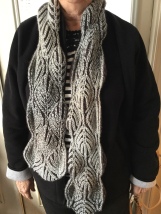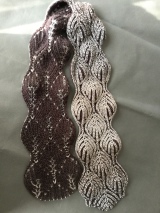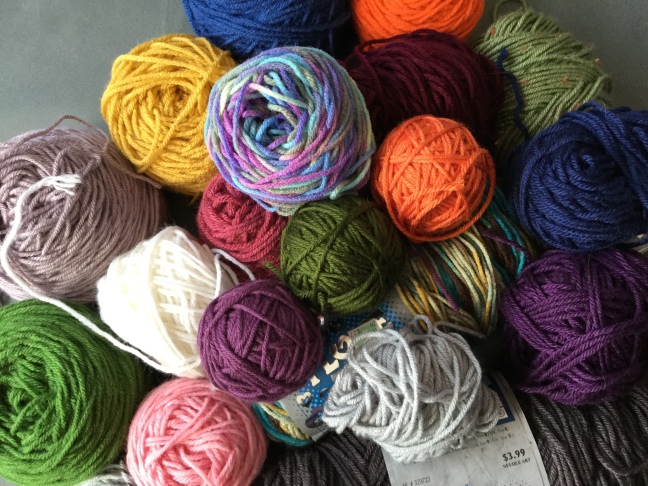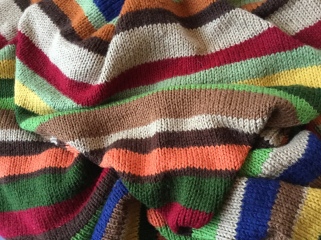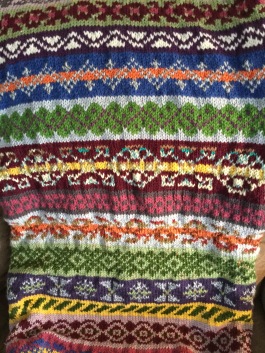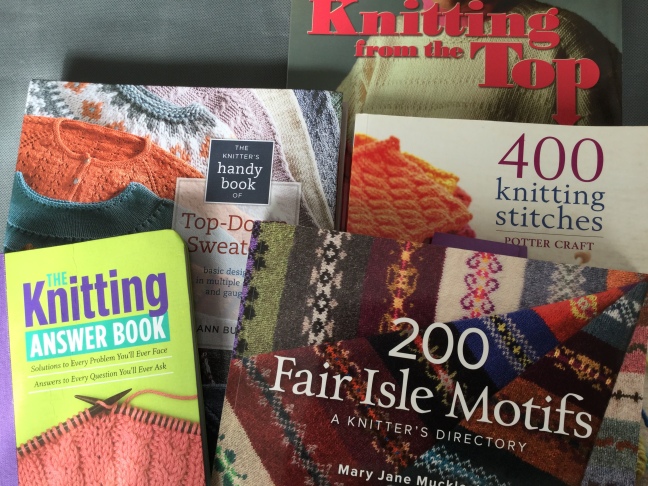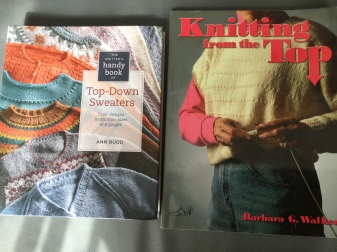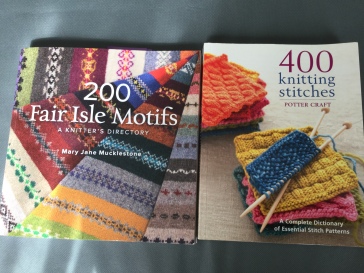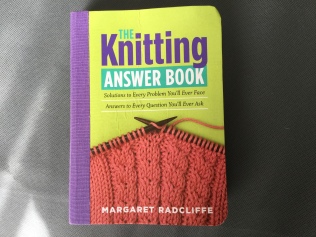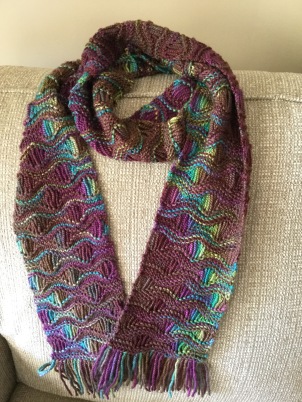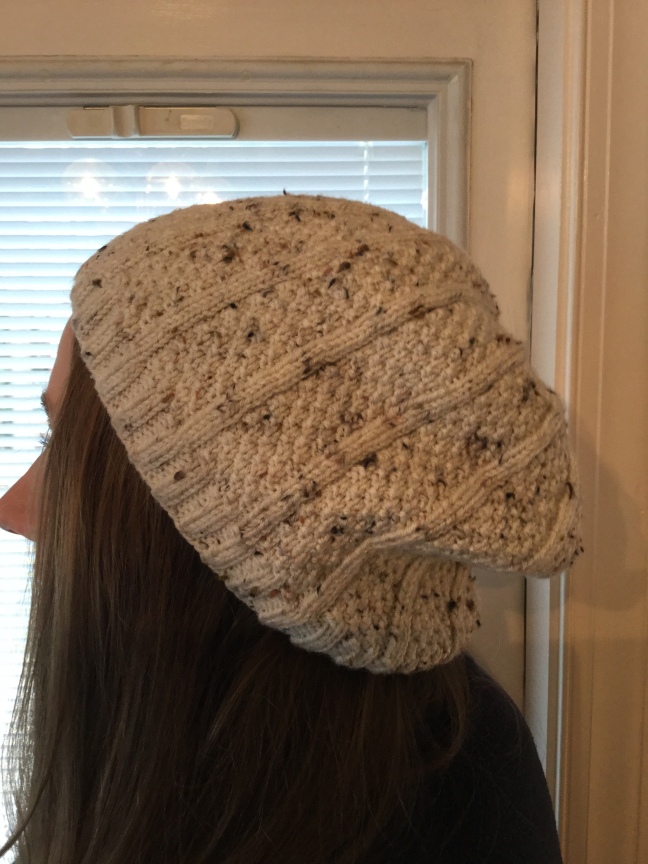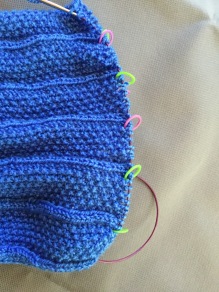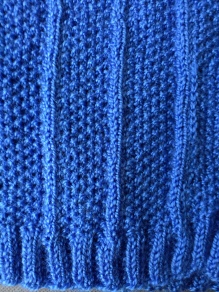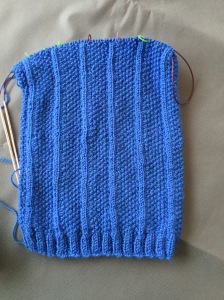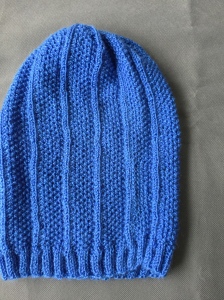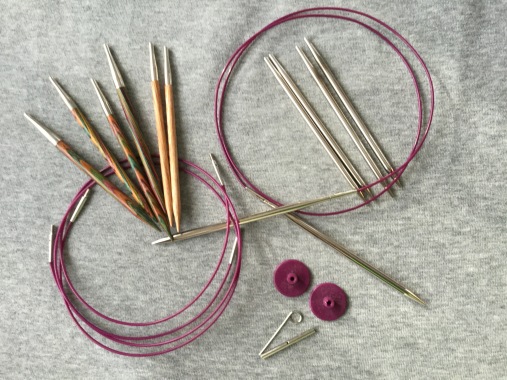This is a “recipe” for a basic pair of socks. After a lot of trial and error I finalized this recipe for the everyday socks my family covets.
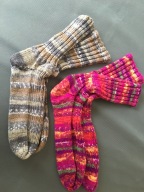
The measurements given are for a women’s average size 8 sock. Adjust to suit your sizing needs.
#2 circular needles. Gauge 8 sts./ inch.
About 500 yds. Fingering/ Sock yarn of your choice divided into two balls. (This is plenty for one pair and may be stretched to one and a half pair depending on your gauge and size choices.
Cast on 28 stitches using Judy’s Magic Cast On with the first ball of yarn.
Cast on a second 28 stitches with the second ball.
Using the magic loop method:
Round 1 and every odd row until increases are complete, Knit even.
Round 2 and every even row until stitches total 52 for each sock, increase 4 st. per round. (I do my increases on the second and second to last stitch on each side of the sock.
When you reach 52 total stitches for each sock, knit even for 2-4 rows. (personal choice)
All rounds for the “body” of the sock: K1, P1 for the “top” of the sock (half the stitches for each sock).
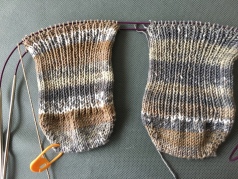
K all stitches for the “bottom” of the sock (the second half of the stitches for each sock).
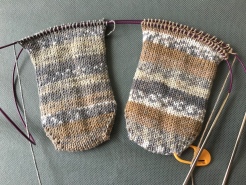
When socks measure 7 1/2 Inches from the toe, work the heels using whatever method you prefer. I use the Short Row Heel demonstrated here.
Knit even for 1 to 1 1/2 inches. (To get the body of the sock up over the ankle bone)
K2, P2 Rib for 7-8 inches.
Cast off using your favorite stretchy cast off. This is my new super easy favorite, Stretchy Sewn Bind Off . I don’t usually like sewn bind offs but this one is amazing.
Weave in ends. You’re Done!
‘Static Happy Knitting!

